
HD 37605 is known to have a planet with an orbit that might produce
transits. The star system is in Orion, with coordiantes RA =
05:40:01.75, Dec = +06:03:36.9. For brevity I will refer to HD 37605 by
the name "E0540" ("E" stands for Exoplanet system, and "0540" is the
approxiamte RA position).
Links internal to this web page:
Star Field
Overview
Photometric
Sequence Results
Suggested
R_Band Reference Stars
Expected
Precision for E0540 Monitoring
Other Links (including
Details of All-Sky Photometric Sequence Solution)

Figure 1. Large FOV, 70.2 x 44.4 'arc, of E0540
star field; north up, east left. E0540 is indicated by a square.
[CGE-1400, SBIG ST-8XE, V-filter, 400 sec, Hereford, AZ]
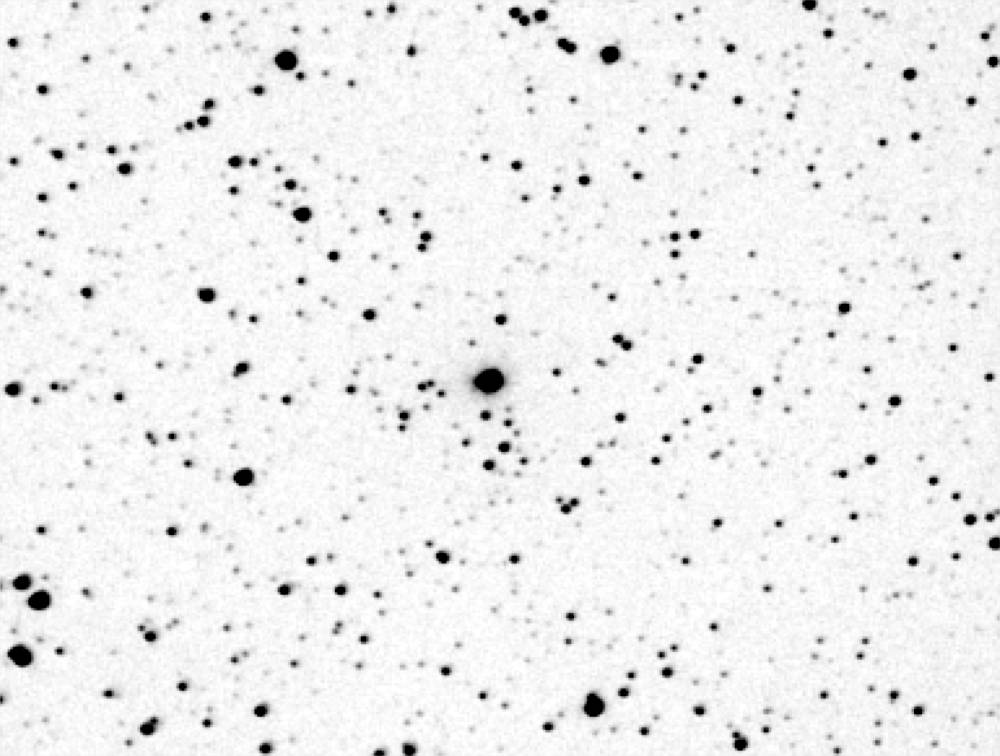
Figure 2. Enlarged and cropped version of the
previous image, FOV, 23.4 x 17.6 'arc. E0540 is the bright star in
the center. (Limiting magnitude ~ 17, SNR=3.)
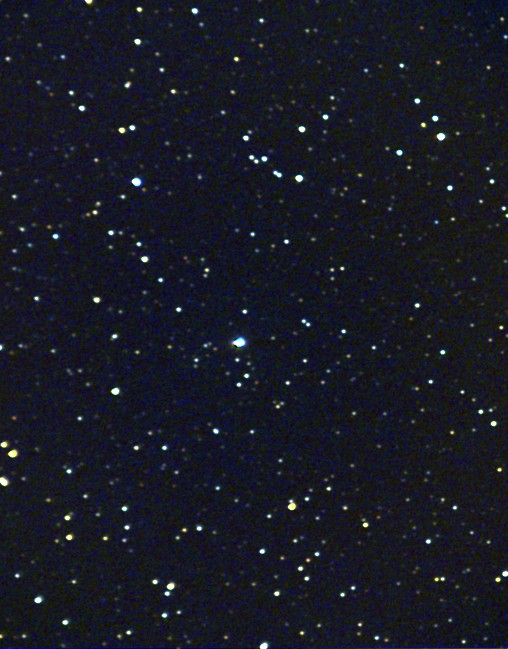
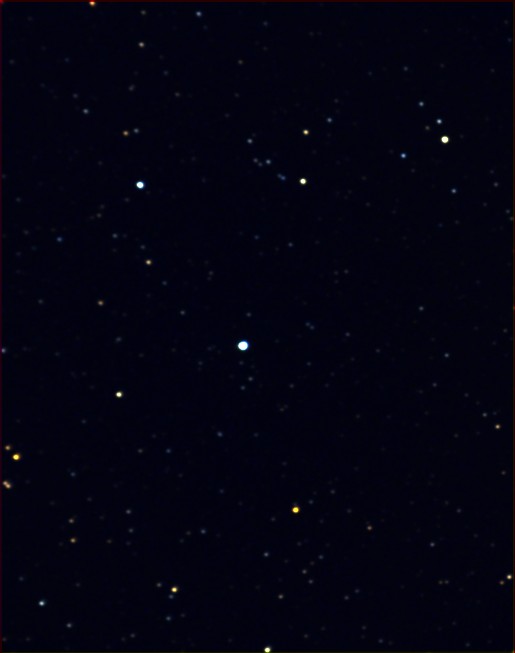
Figure 3. RGB color image of cropped star field.
Left panel shows faint stars (bright stars appear white because all
colors are saturated); right panel shows only the bright stars. FOV =
24.2 x 30.6 'arc.
All-sky observations were
conducted December 1 (UT) for the purpose of establishing a photometric
sequence for HD 37605 and HD 74156. Three Landolt star fields were
observed at several air mass values. Details of the calibration of
these data are given in the next section. The results for E0540
(HD 37605)
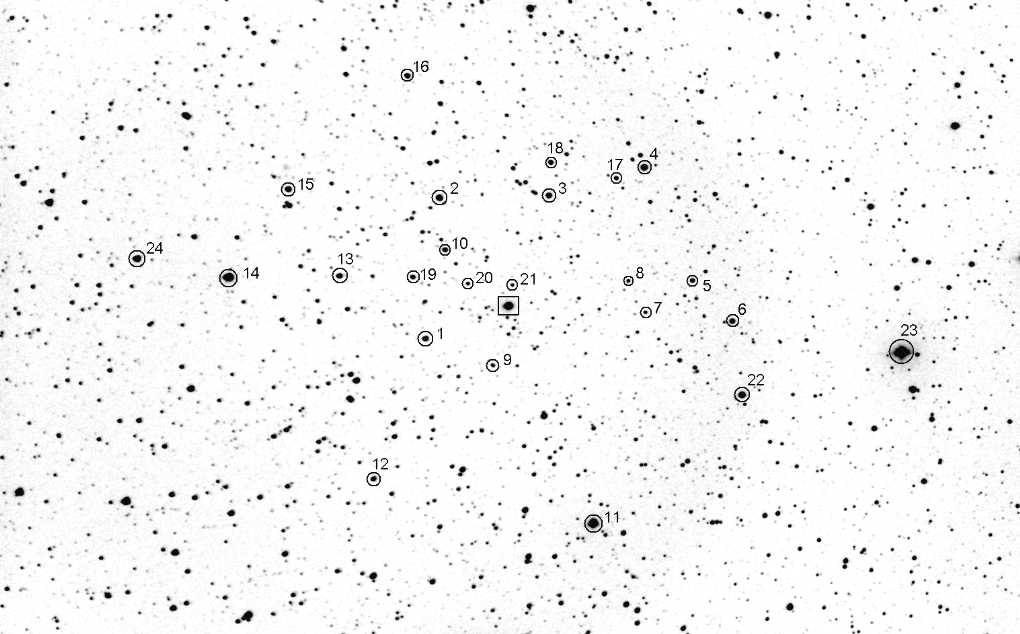
Figure 4. Star field for E0540 with 24 stars
identified with BVRI magnitude information shown in a table. FOV = 71.0
x 44.23 'arc (north up, east left).
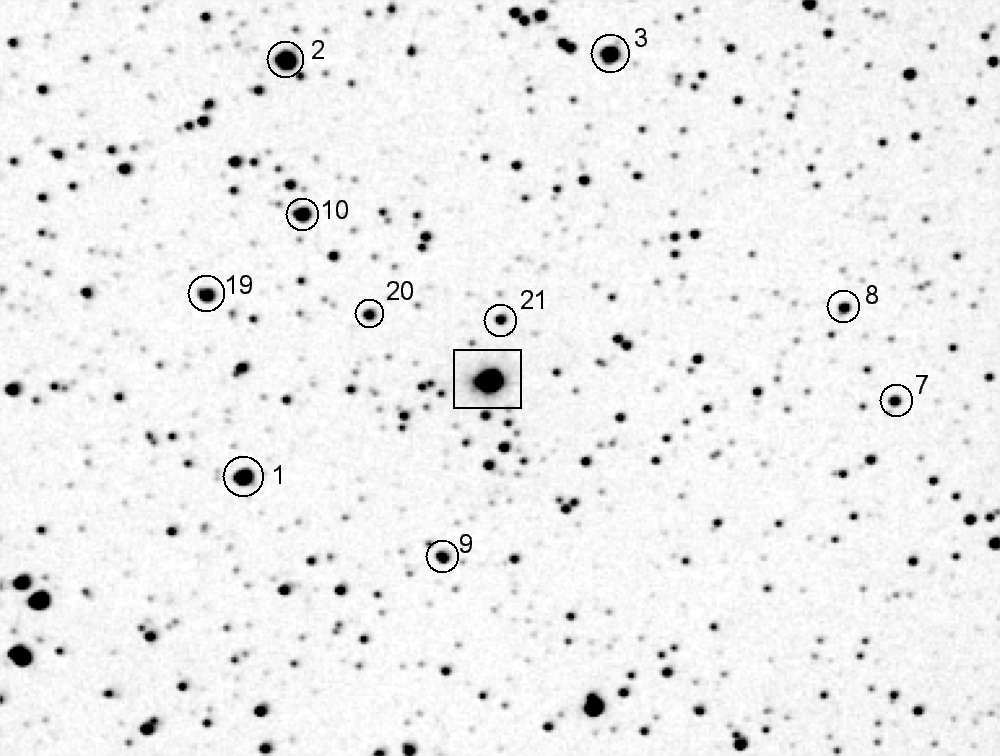
Figure 5. Zoom of crop of above image. FOV
= 23.4 x 17.6 'arc.

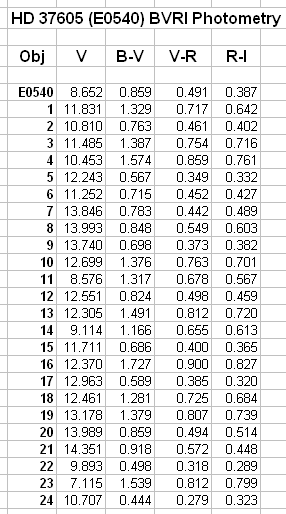
Figure 6. Tables showing all-sky photometric
sequence for stars in previous two images, based on observations of
2004.12.10 (reduction version 4C23).
I plan on using an R-band filter for the January 1/2 observing
window. A filter is required to avoid saturation of E0540 (especially
true for a 14-inch aperture, where 2-second exposures are the maximum
possible without a filter). I've chosen the R-band filter for two
reasons. First, atmospheric effects for R are smaller than for B and V
bands; and second, scintillation is slightly smaller for R than for B
and V filters. Zenith extinction values at my site (in the winter) ares
typically 0.26, 0.15,
0.13 and 0.09 [mag / air mass] for B, V, R and I. It is my subjective
impression that my
system is more "stable" using the R-filter than the I filter. Here's
the star field and my choices for reference stars for the R-filter.
Suggested R-Band Reference
Stars
The R-band all-sky magnitudes in the above table have been used to
annotate the following image of the E0540 (HD 37605) star field.

Figure 7. R-band magnitudes for the E0540 star
field.
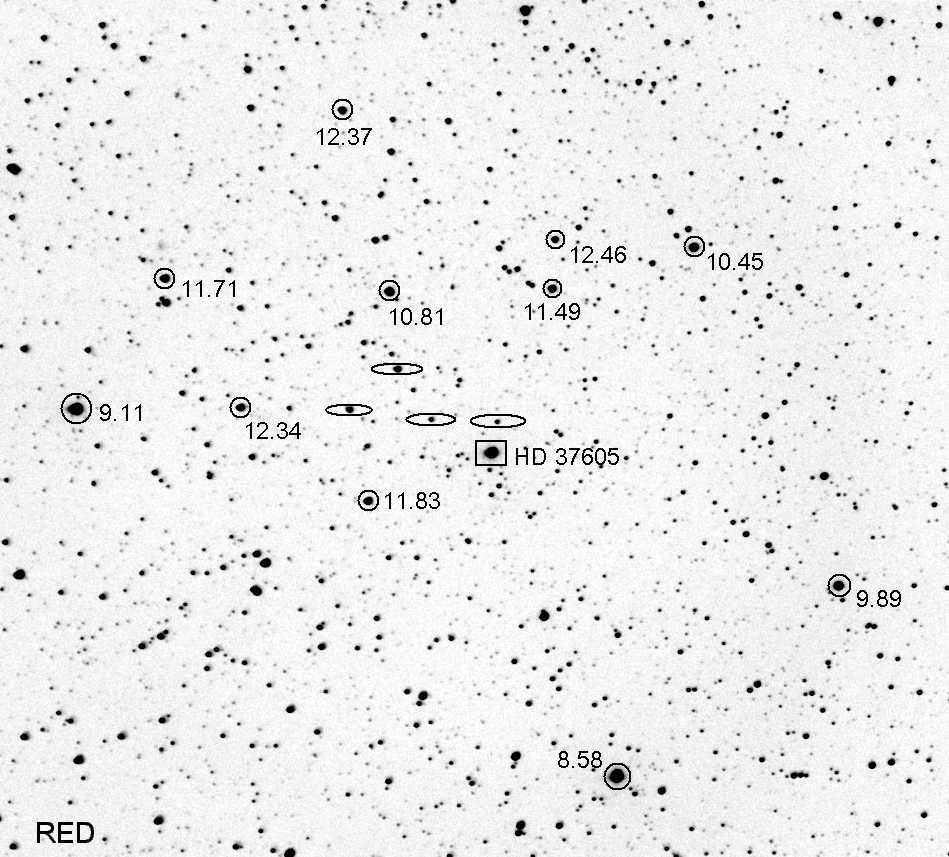
Figure 8. R-band magnitudes for stars suitable for
"reference" (bright and having no nearby confusing stars). Small ovals
are
suggested "check stars" (having no nearby confusing stars). FOV = 44.3
x 40.3 'arc (north up, east left)
Expected Precision
for E0540 Monitoring
When the exoplanet star is brighter than nearby stars, it is
important to use as many reference stars as possible. This section
illustrates that using 8 of 10 reference stars listed in the above
section there is sufficient precision in the E0540 exoplanet's
brightness measurement.
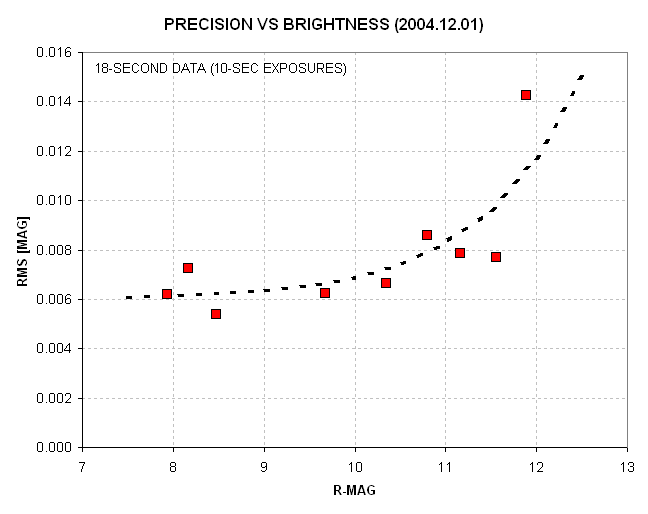
Figure 9. Measured RMS precision versus star
brightness using an R-band filter and exposing for 10-seconds
(corresponding to 18-second intervals between exposures). The dashed
line is an empirical model that assumes a constant component (such as
due to scintillation) and a stochastic component (related to SNR).
Eight reference stars were used (the maximum for MaxIm DL 4.0).
[Celestron CGE-1400, prime focus using a Starizona HyperStar adapter
lens, SBIG CFW-8, SBIG ST-8XE CCD; Hereford, AZ; 2004.12.01]
This graph shows that 10-second exposures with an R-band filter
produces E0540 exoplanet brightness measurements with a 6
milli-magnitude SE at intervals of 18 seconds. By averaging 10 data
points the expected SE should become 2 milli-magnitude. This level of
uncertainty is much smaller than systematic errors. The expected
transit fade is 19 milli-magnitude, lasting ~7 hours. It is unlikely
that if a transit occurs no single observer will be fortunate enough to
capture ingress AND egress. Therefore, it is important that each
observer use the same set of reference ("comp") stars, or at least
specify which reference stars were used.
There has been much discussion on the Photometry
Discussion Group about how to overcome scintillation effects when
observing a bright exoplanet star. The AAVSO also offers tips for
observing bright stars: Bright
Star Photometry. Scintillation can be the dominant source of
uncertainty when observing a bright star with a telescope having an
aperture large enough that it delivers too many photons to it's CCD and
causes the bright star to saturate for exposures long enough to produce
good SNR for the reference stars. Suggestions to overcome this have
included: 1) reduce the telescope aperture, 2) use a B-filter to reduce
the star's brightness (so that exposures can be 10 seconds or longer
(which averages out some of the scintillation), 3) defocusing (in order
to not saturate at the bright star's brightest PSF pixel location), 4)
use a Barlow lens to spread-out the PSF (point-spread-function) over
more pixels (in order to avoid saturation at the brightest pixel
location), 5) wait for a night of poor seeing (to avoid saturation), 6)
hope for thin cirrus (to reduce star intensity and avoid saturation),
7) use of a neutral filter in front of the CCD plate cover so that it
covers the main CCD chip while leaving the autoguider chip clear (to
avoid saturation of the star field that includes the bright star while
still being able to autoguide), and 8) use of a plate with an occulting
spot so that the bright star can be positioned coincident with the
occulting spot.
Personally, I recommend doing none of the above! Reducing the
telescope aperture increases scintillation effect, using a B-filter
invites extinction systematic error variations on a slow time scale
(hours, which is comparable to the transit duration), defocusing means
nearby stars are more likely to appear in the sky background annulus
when doing aperture photometry, a Barlow lens decreases the FOV which
means you're limited to only nearby stars that are likely to be too
faint for use as reference stars, poor seeing nights tend to be
variable seeing nights (which means there will be systematic errors
that vary throughout the night since the signal aperture will capture a
variable amoutn of the PSF), cirrus clouds will introduce a host of
other unknown systematic errors (but "be my guest" if you feel brave),
a filter that covers the main CCD chip but leaves the autoguider chip
in the clear should allow better autoguiding (but autoguiding isn't
necessary if your polar axis is well aligned), and using a spot
occulting plate that requires extremely accurate tracking to keep the
bright star under the exact same location as the spot seems like a
weird idea with negligible payoff (just to avoid saturation wile
introducing a host of new systematic errors).
The graph, above, shows that none of these suggested strategies are
necessary to achieve good precision on a star as bright as R-mag = 8.2.
I'm going to observe with a full aperture, an R-filter, 9-second
exposures, with sharp focus, and no Barlow lens (in fact, I'll be using
a prime focus configuration, f/1.86 with a 1.2 x 0.8 degree FOV), on a
night that hopefully has good seeing, no cirrus, no neutral filters to
reduce the bright star light, and no spot occulting plate! Let the
observing begin!
Details of Photometric
Sequence Solution
Exoplanet
HD 74156 (E0842) photometric sequence
AAVSO
web page for December Exoplanet Campaigns (HD 37605 & HD 74156))
TransitSearch
web page
Tutorial
for Observing Exoplanets
TrES-1
Transit Observations
HD
209458 Transit Observations
Return to Bruce's
AstroPhotos
You may e-mail me at B L G A R Y @ u m i c h . e d u
____________________________________________________________________
This site opened: December 1, 2004. Last Update: March 30, 2006